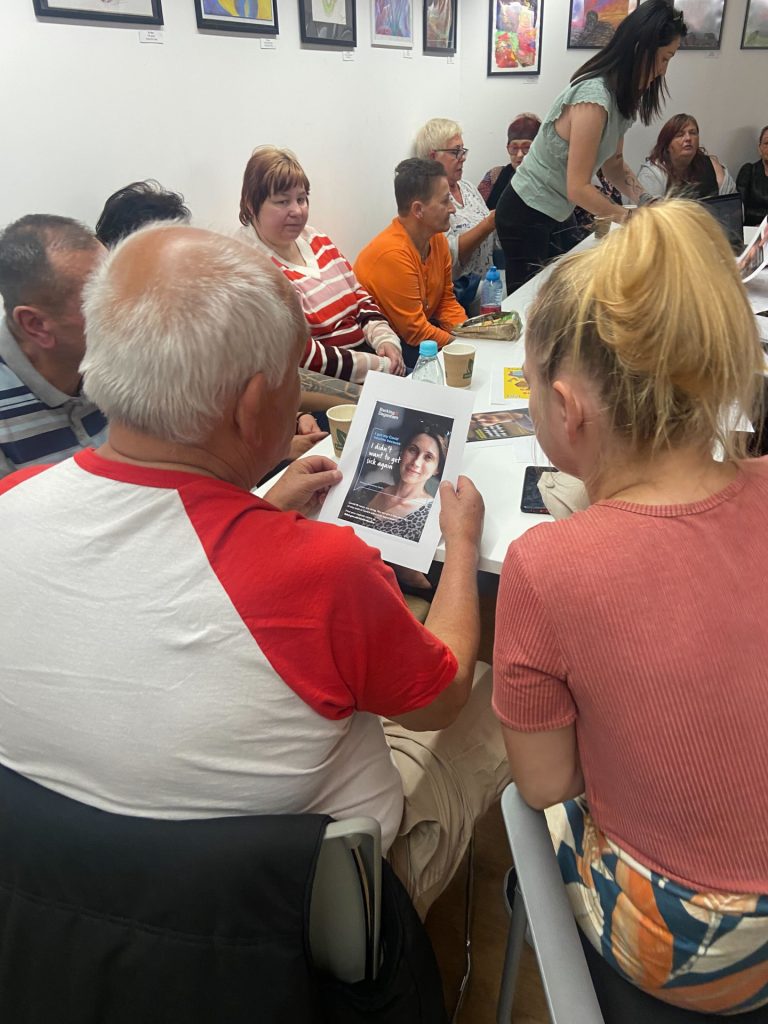Addressing barriers to screening in the ‘White Other’ population for North East London Cancer Alliance

For any disease screening effort to succeed, it must take into account the diversity of the audience it is seeking to reach, and adapt to their needs.
Over the last year, Claremont has worked with the North East London Cancer Alliance (NELCA) to address barriers to cancer screening for bowel, breast and cervical cancer, in the ‘White Other’ population.
Based on initial desk research we recommended insight gathering with Polish, Lithuanian, Romanian and Turkish / Turkish Cypriot people. We conducted street research with our partner Kaizen, featuring 360 residents in North East London. We also worked with community organisations to conduct focus groups delving into some of the myths and taboos we had identified.
Our findings helped populate a COM-B model categorising the key barriers found for each audience group. Then we moved into co-design, agreeing with NELCA to focus initially on an intervention with the Polish community.
We learned more about the value of community, the importance of Polish faces in communications, and messaging that addresses anxieties. Shareable video content in Polish emerged as the preference, so with a Polish videographer we produced a video featuring Polish people with lived experience of screenings, and a Polish GP.
Alongside the video, we designed materials featuring Polish men and women, highlighting the importance of cancer screening, which could be easily shared by Polish community groups online. NELCA has created a Polish-language page on its website, featuring the film and providing further information about screenings, and is distributing the video and social media assets to grassroots organisations in the region.
Following our co-design work with the Polish groups, we are now working with the Turkish and Turkish Cypriot communities to address some of the key elements that are stopping people from engaging with cancer screenings – language barriers and a fatalistic approach to screening.